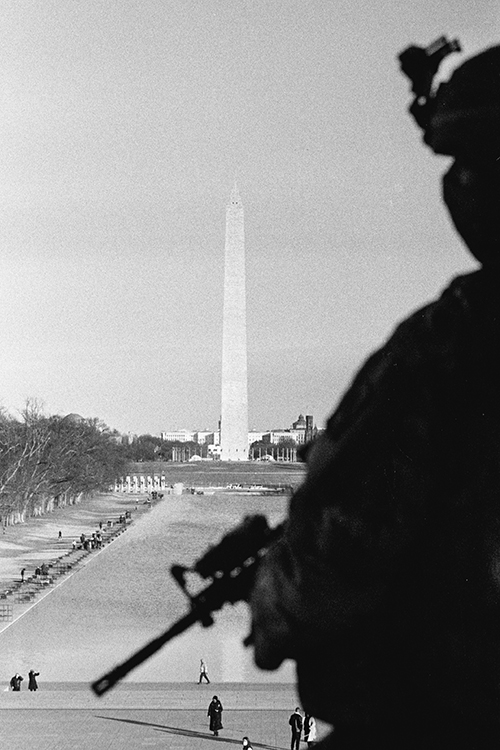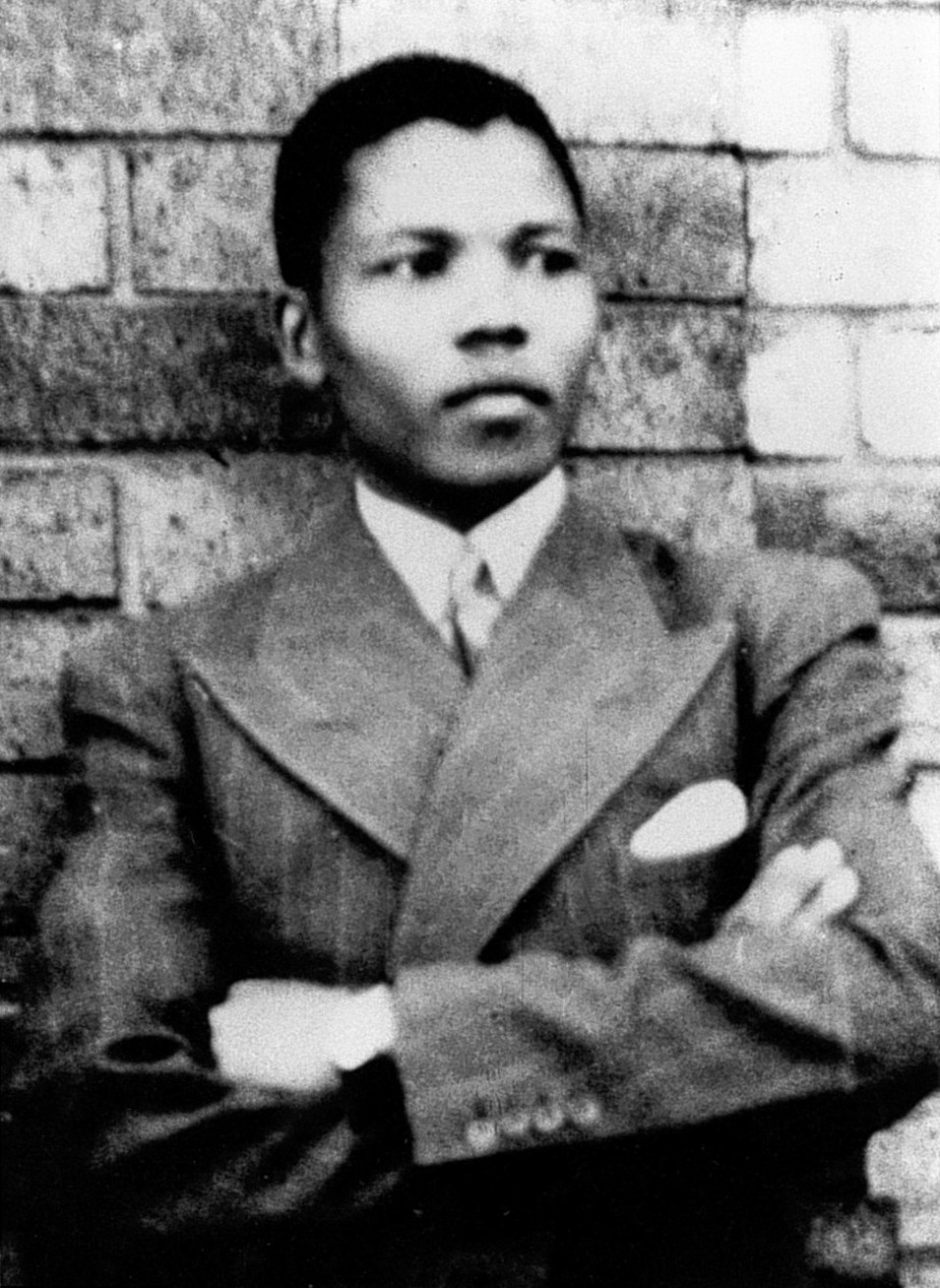|
Alf Kumalo
Alfred Khumalo (5 September 193021 October 2012), better known as Alf Kumalo, was a South African documentary photographer and photojournalist. Overview Kumalo was born in Utrecht near Newcastle in the province of KwaZulu-Natal. He first worked in a garage doing various jobs and then started freelancing for various publications, selling his photographs where he could. He did a lot of work for the '' Bantu World.'' In 1956, he found a permanent position at the '' Golden City Post'' and later received assignments from ''The Star,'' a South African daily, ''Drum'' magazine, and international publications like ''The New York Times.'' He was among the photographers who captured the Sharpeville massacre on 21 March 1960. In 1963, while working for ''Drum,'' he was selected together with Harry Mashabela to go and shoot a story about African students in the Iron Curtain countries. The two made the front cover of the next edition of the magazine, "''Drum'' men go to Europe". While in L ... [...More Info...] [...Related Items...] OR: [Wikipedia] [Google] [Baidu] |
Photojournalist
Photojournalism is journalism that uses images to tell a news story. It usually only refers to still images, but can also refer to video used in broadcast journalism. Photojournalism is distinguished from other close branches of photography (such as documentary photography, social documentary photography, war photography, street photography and celebrity photography) by having a rigid ethical framework which demands an honest but impartial approach that tells a story in strictly journalistic terms. Photojournalists contribute to the news media, and help communities connect with one other. They must be well-informed and knowledgeable, and are able to deliver news in a creative manner that is both informative and entertaining. Similar to a writer, a photojournalist is a reporter, but they must often make decisions instantly and carry photographic equipment, often while exposed to significant obstacles, among them immediate physical danger, bad weather, large crowds, and limited ph ... [...More Info...] [...Related Items...] OR: [Wikipedia] [Google] [Baidu] |
Harassment
Harassment covers a wide range of behaviors of offensive nature. It is commonly understood as behavior that demeans, humiliates or embarrasses a person, and it is characteristically identified by its unlikelihood in terms of social and moral reasonableness. In the legal sense, these are behaviors that appear to be disturbing, upsetting or threatening. Traditional forms evolve from discriminatory grounds, and have an effect of nullifying a person's rights or impairing a person from benefiting from their rights. When these behaviors become repetitive, it is defined as bullying. The continuity or repetitiveness and the aspect of distressing, alarming or threatening may distinguish it from insult. Etymology Attested in English from 1753, ''harassment'' derives from the English verb ''harass'' plus the suffix ''-ment''. The verb ''harass'', in turn, is a loan word from the French, which was already attested in 1572 meaning ''torment, annoyance, bother, trouble'' and later as of ... [...More Info...] [...Related Items...] OR: [Wikipedia] [Google] [Baidu] |
South African National Editors' Forum
The South African National Editors’ Forum (SANEF) is a South African-based non-profit membership organisation for editors, senior journalist A journalist is an individual that collects/gathers information in form of text, audio, or pictures, processes them into a news-worthy form, and disseminates it to the public. The act or process mainly done by the journalist is called journalism ...s and journalism trainers. The SANEF supports South African journalism through a number of activities ranging from public statements supporting media freedom, running training programs for journalists, writing policy submissions to government, to sponsoring and conducting research into the state of the media in South Africa. The SANEF runs the annual ''Nat Nakasa award'' that recognises media practitioners that have improved South African journalism. The SANEF was founded following the merger of the predominantly black South African ''Black Editors’ Forum'' and the predominantly white South Af ... [...More Info...] [...Related Items...] OR: [Wikipedia] [Google] [Baidu] |
Order Of Ikhamanga
The Order of Ikhamanga is a South African honour. It was instituted on 30 November 2003 and is granted by the President of South Africa for achievements in arts, culture, literature, music, journalism, and sports (which were initially recognised by the Order of the Baobab). The order has three classes: * Gold (OIG), for exceptional achievement, * Silver (OIS), for excellent achievement, * Bronze (OIB), for outstanding achievement. ''Ikhamanga'' is the Xhosa name for '' Strelitzia reginae'', a flower. Design The egg-shaped badge depicts a rising sun, a " Lydenburg head", two strelitzia flowers, a drum, three circles, and two roadways. The head represents the arts, the sun represents glory, the circles symbolise sport, and the roads represent the long road to excellence. The South African coat of arms is displayed on the reverse. The ribbon is gold with four cream-coloured lines inset from each edge and a pattern of recurring stylised dancing figures down the centre. All three ... [...More Info...] [...Related Items...] OR: [Wikipedia] [Google] [Baidu] |
Defiance Campaign
The Defiance Campaign against Unjust Laws was presented by the African National Congress (ANC) at a conference held in Bloemfontein, South Africa in December 1951. The Campaign had roots in events leading up the conference. The demonstrations, taking place in 1952, were the first "large-scale, multi-racial political mobilization against apartheid laws under a common leadership." Background In 1948, the National Party (NP) won the election in South Africa and began to impose apartheid measures against blacks, Indians and any people of mixed race. The NP restricted political power to white people only and allocated areas of South Africa for different races of people. Workers, trade unionists and others spoke out on 6 October 1949 against these apartheid measures and began to discuss a possible political strike. In December of that year, leaders in the African Congress Youth League (ANCYL), such as Nelson Mandela, Walter Sisulu and Oliver Tambo, took power. The African Nationa ... [...More Info...] [...Related Items...] OR: [Wikipedia] [Google] [Baidu] |
Nelson Mandela
Nelson Rolihlahla Mandela (; ; 18 July 1918 – 5 December 2013) was a South African Internal resistance to apartheid, anti-apartheid activist who served as the President of South Africa, first president of South Africa from 1994 to 1999. He was the country's first black head of state and the first elected in a Universal suffrage, fully representative democratic election. Presidency of Nelson Mandela, His government focused on dismantling the legacy of apartheid by fostering racial Conflict resolution, reconciliation. Ideologically an African nationalist and African socialism, socialist, he served as the president of the African National Congress (ANC) party from 1991 to 1997. A Xhosa people, Xhosa, Mandela was born into the Thembu people, Thembu royal family in Mvezo, Union of South Africa. He studied law at the University of Fort Hare and the University of Witwatersrand before working as a lawyer in Johannesburg. There he became involved in anti-colonial and African ... [...More Info...] [...Related Items...] OR: [Wikipedia] [Google] [Baidu] |
Peter Magubane
Peter Magubane (born 18 January 1932) is a South African photographer. Early life Peter Sexford Magubane was born in Vrededorp, now Pageview, a suburb of Johannesburg, and grew up in Sophiatown. He began taking photographs using a Kodak Brownie box camera as a schoolboy. In 1954 he read a copy of ''Drum'', a magazine known for its reporting of urban blacks and the effects of apartheid. "They were dealing with social issues that affected black people in South Africa. I wanted to be part of that magazine." He started employment at ''Drum'' as a driver. After six months of odd jobs, he was given a photography assignment under the mentorship of Jürgen Schadeberg, the chief photographer. He borrowed a camera and covered the 1955 ANC convention. "I went back to the office with good results and never looked back." Being on assignment in the early years was not easy, as he recalled: "We were not allowed to carry a camera in the open if the police were involved, so I often had to h ... [...More Info...] [...Related Items...] OR: [Wikipedia] [Google] [Baidu] |
Jürgen Schadeberg
Jürgen Schadeberg (18 March 1931Jürgen Schadeberg South African History Online29 August 2020Ted Botha Famous Mandela Photographer at Drum Magazine Jürgen Schadeberg Dies sapeople.com 30 August 2020) was a German-born South African photographer and artist. He photographed key moments in South African history, including iconic photographs such as at |
Ernest Cole (photographer)
Ernest Levi Tsoloane Cole (21 March 1940 – 19 February 1990) was a South African photographer. In the early 1960s, he started to freelance for clients such as ''Drum'' magazine, the ''Rand Daily Mail'', and the ''Sunday Express''. This made him South Africa's first black freelance photographer. Early life Cole was a black South African, born in Eersterust in Pretoria, in 1940. His original family name was Kole and he later took the name Cole. He left school when the Bantu Education Act was put into place in 1953, and instead completed his diploma via a correspondence course with Wolsey Hall, Oxford. He started taking photographs at a very young age, eight years, and in the 1950s was given a camera by a Roman Catholic priest, with which Cole broadened his portfolio. As he himself put it: "I quit school in 1957 rather than go along with the 'bantu' education for servitude which had become more strict than before." Career In 1958, he applied for a job with ''Drum'' magazine. J� ... [...More Info...] [...Related Items...] OR: [Wikipedia] [Google] [Baidu] |
Soweto
Soweto () is a township of the City of Johannesburg Metropolitan Municipality in Gauteng, South Africa, bordering the city's mining belt in the south. Its name is an English syllabic abbreviation for ''South Western Townships''. Formerly a separate municipality, it is now incorporated in the City of Johannesburg Metropolitan Municipality, and one of the suburbs of Johannesburg. History George Harrison and George Walker are today credited as the men who discovered an outcrop of the Main Reef of gold on the farm Langlaagte in February 1886. The fledgling town of Johannesburg was laid out on a triangular wedge of "uitvalgrond" (area excluded when the farms were surveyed) named Randjeslaagte, situated between the farms Doornfontein to the east, Braamfontein to the west and Turffontein to the south. Within a decade of the discovery of gold in Johannesburg, 100,000 people flocked to this part of the Zuid-Afrikaansche Republiek in search of riches. They were of many races and na ... [...More Info...] [...Related Items...] OR: [Wikipedia] [Google] [Baidu] |
Diepmeadow, Gauteng
Diepkloof is a large zone of Soweto township in the Gauteng province of South Africa. It is also sometimes referred to as Diepmeadow, if considered as a single township with the nearby Meadowlands (although there is Orlando Orlando () is a city in the U.S. state of Florida and is the county seat of Orange County. In Central Florida, it is the center of the Orlando metropolitan area, which had a population of 2,509,831, according to U.S. Census Bureau figures re ... in between). Diepkloof was established in 1959 to accommodate people being removed from Alexandra. References Johannesburg Region D Townships in Gauteng Soweto Townships {{Gauteng-geo-stub ... [...More Info...] [...Related Items...] OR: [Wikipedia] [Google] [Baidu] |
Rand Daily Mail
''The Rand Daily Mail'' was a South African newspaper published from 1902 until it was controversially closed in 1985 after adopting an outspoken anti-apartheid stance in the midst of a massive clampdown on activists by the security forces. The title was based in Johannesburg as a daily newspaper and best known for breaking the news about the apartheid state's Muldergate Scandal in 1979. Renowned South African journalist to teach at School of Journalism and Mass Communication University of North Carolina It also exposed the truth about the death in custody of anti-apartheid activist , in 1977. The ''Rand Daily Mail'' was resur ... [...More Info...] [...Related Items...] OR: [Wikipedia] [Google] [Baidu] |



.jpg)